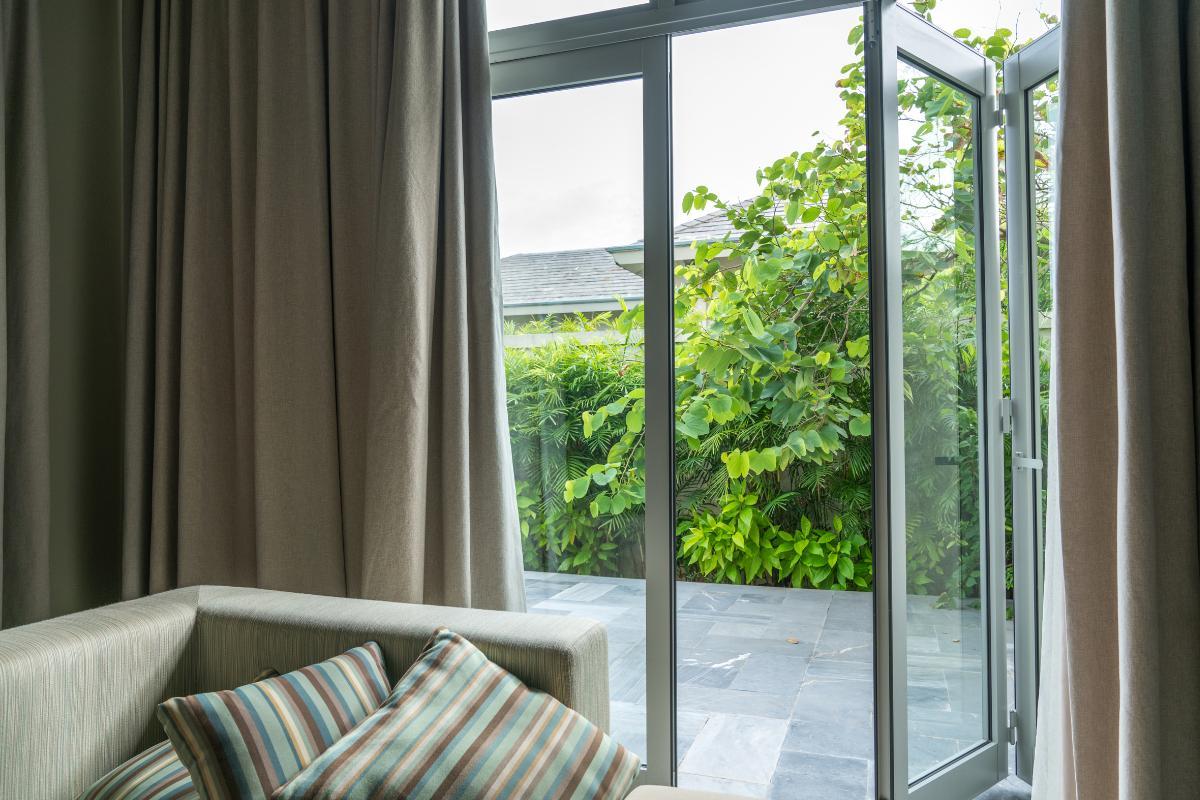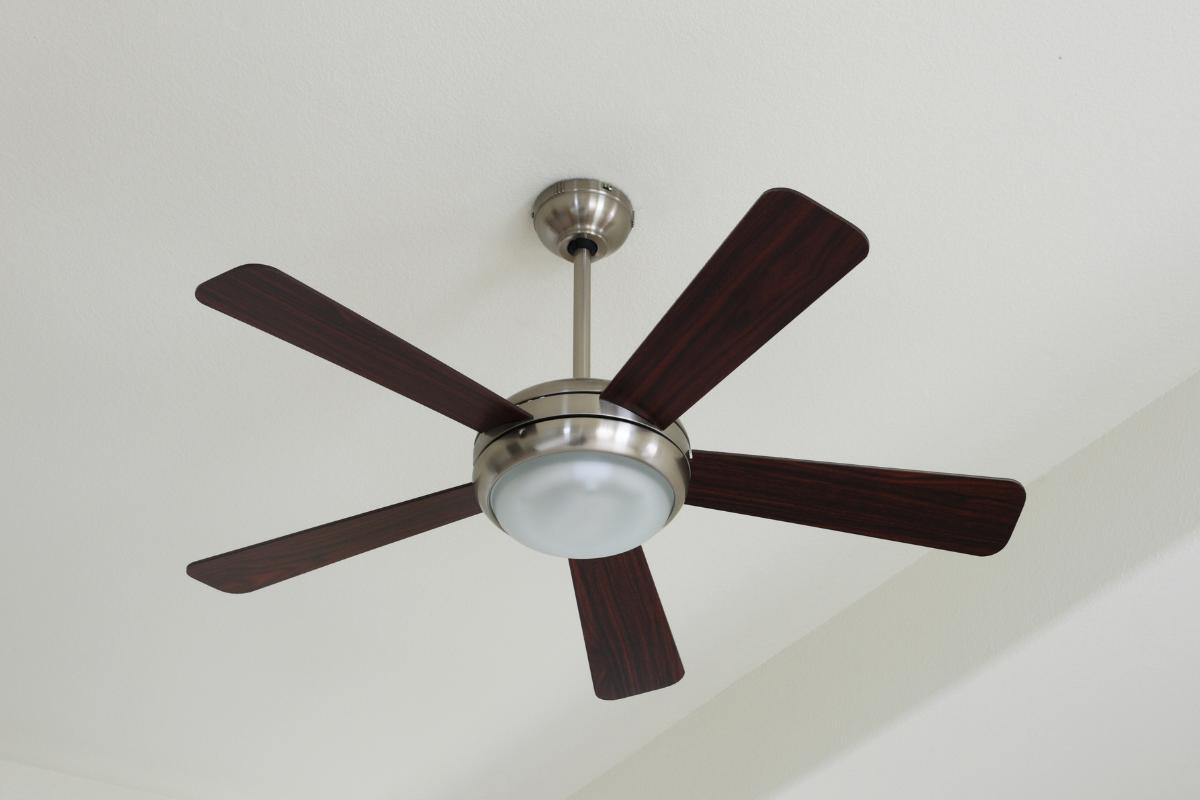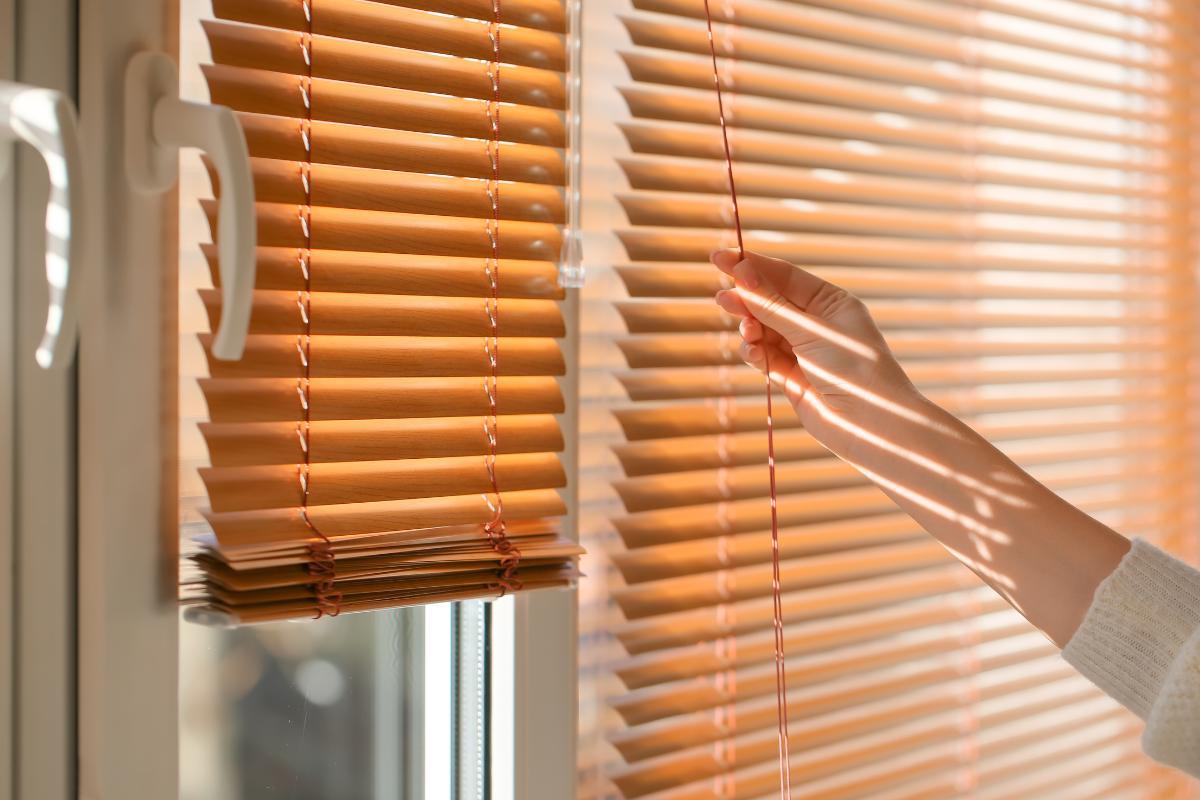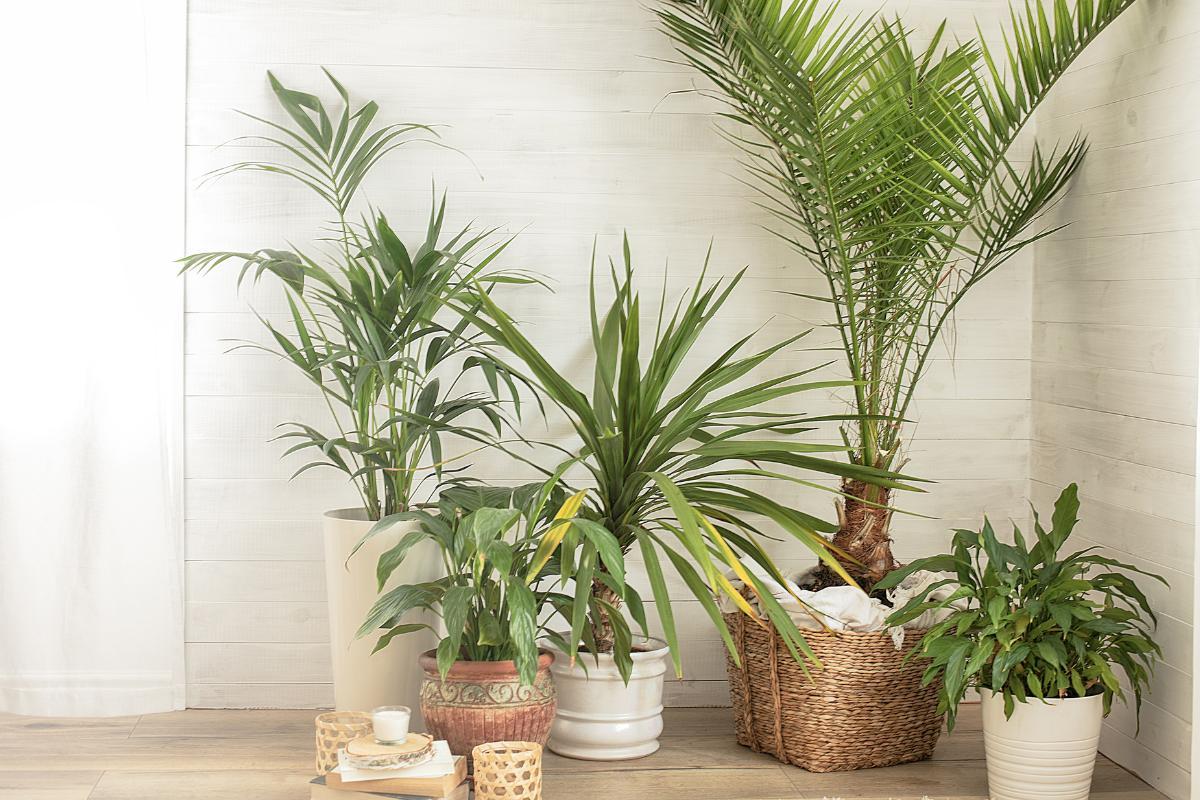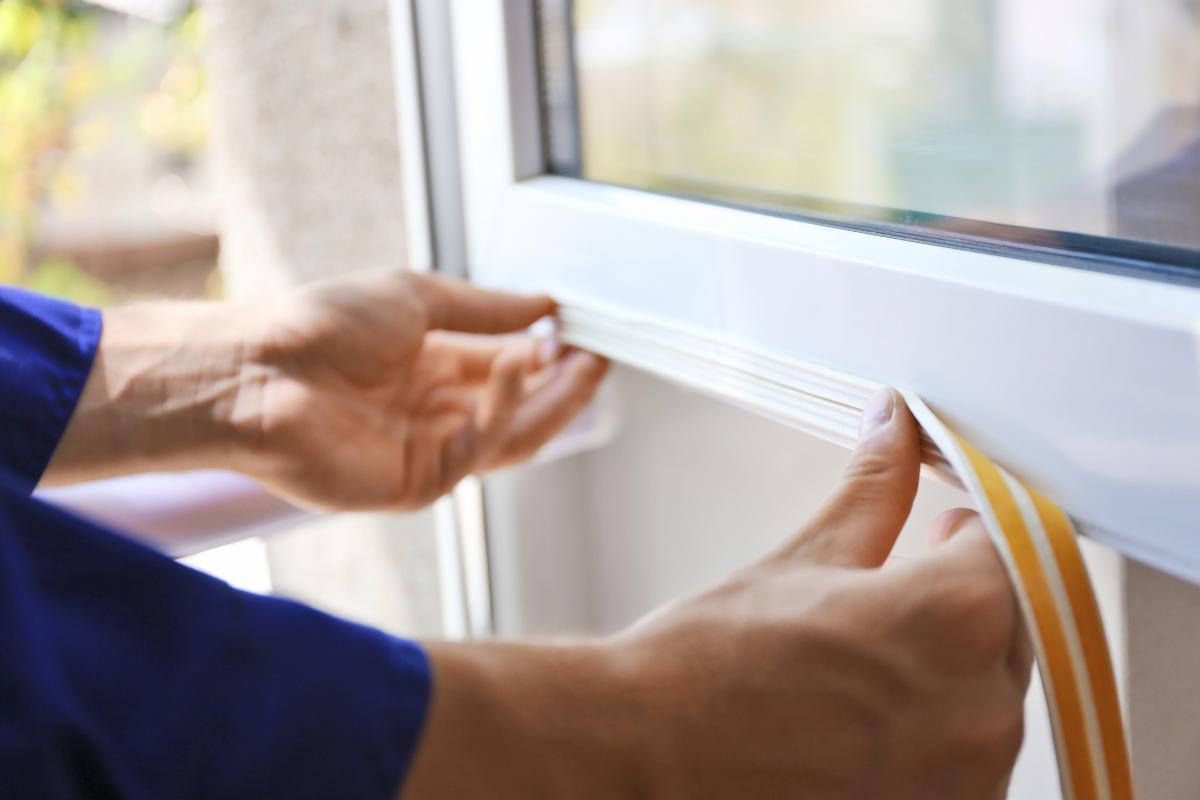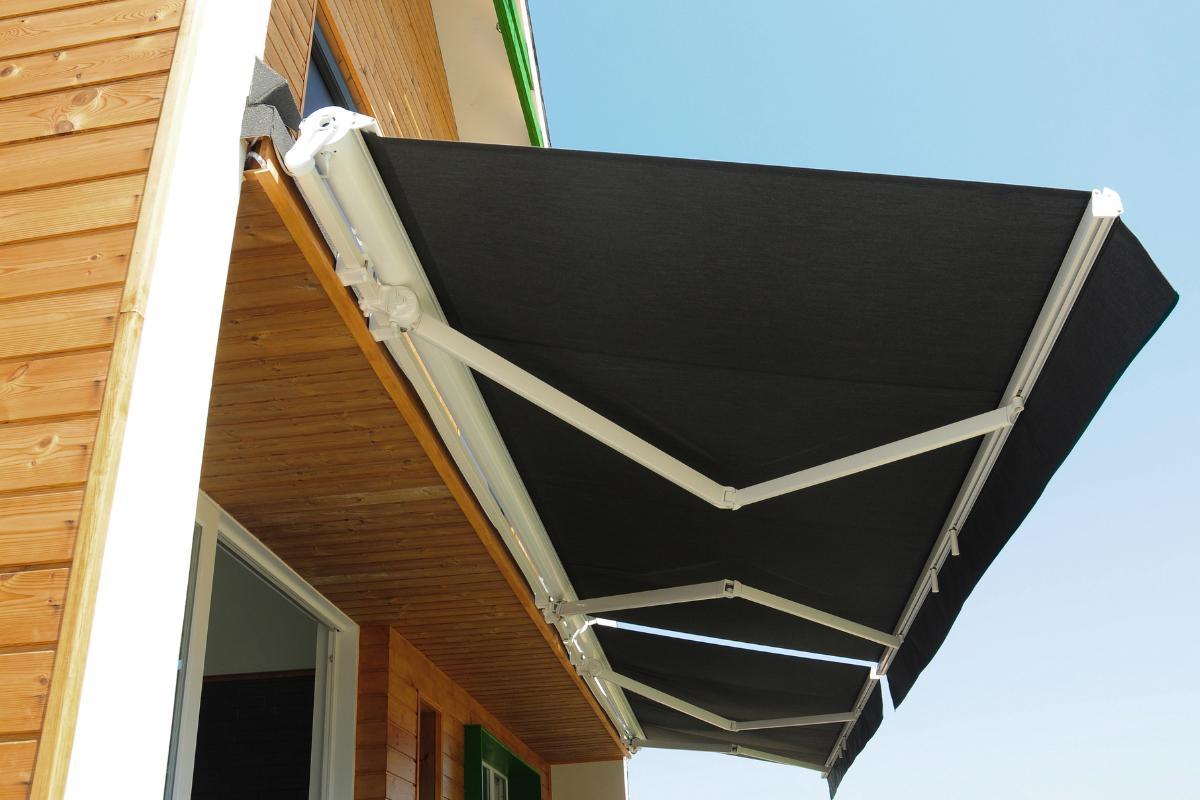How to Keep Your House Cool in the Summer Without AC


As summer brings high temperatures, finding ways to cool your house becomes essential. There are several methods to cool your home or a room without relying solely on air conditioning. From cross ventilation and the use of fans to thermal blinds, insulation, and the strategic placement of plants, we explore practical and eco-friendly approaches to keep your house cool during the summer months.
In this article from thedailyECO, we explore 10 effective strategies to keep your house cool during hot weather.
- Cross ventilation
- Fans
- Thermal blinds and curtains
- Bedding and light furniture
- Plants and vegetation
- Minimize heat-generating appliances
- Insulation
- Reflective construction and decoration materials
- Awnings in outdoor areas
- Evaporative cooling
Cross ventilation
Cross ventilation is an effective method of ventilation that entails opening windows on opposite sides of a house.
This allows fresh air to enter and creates a draft, facilitating the removal of hot air. To optimize ventilation, it is crucial to ensure good air circulation throughout the house. Opening windows during the cooler hours, such as early morning or nighttime, enables the influx of cooler air while allowing warmer air to escape.

Fans
Fans come in various types, including ceiling fans and standing fans, each serving to move the air and create a refreshing breeze within a room or house. It's important to note that fans do not cool the air itself, but rather circulate it, replacing hot air with cooler air. Additionally, fans assist in wicking away sweat from the skin, contributing to a sensation of cooling.
To optimize the effectiveness of fans, strategic placement is key. For instance, positioning fans near open windows can help push cool air indoors, while using a window fan at night aids in expelling hot air from the house.

Thermal blinds and curtains
Thermal blinds and curtains play a significant role in temperature regulation within a space. When dealing with high temperatures, it is crucial to close the blinds or curtains on windows exposed to direct sunlight during the hottest hours of the day.
This action effectively blocks the sun's rays, preventing excessive heat from entering the interior and helping to maintain a cooler environment. Opting for darker-colored curtains can enhance their effectiveness in keeping out the sun's rays and reducing heat transmission.

Bedding and light furniture
During the summer months, it is advisable to opt for light cotton sheets on your bed and consider changing the covers of your furniture, such as the sofa, to fabrics that provide a cooler feel. Light cotton sheets allow for better airflow and breathability, promoting a more comfortable sleeping environment.
Similarly, swapping out heavier fabric covers on furniture for lighter and cooler materials helps prevent heat buildup in your home.
Don't miss out on our other article that explains the distinction between temperature and heat.

Plants and vegetation
Indoor plants not only enhance the beauty of a home but also contribute to cooling the environment through perspiration and the release of water vapor into the air. In other words, plants serve as natural air conditioners. Several plant varieties are particularly effective in this role, such as aloe vera, ferns, house palms, peace lilies, pothos, lucky bamboo, cacti, and climbing plants.
In addition to their cooling properties, many of these plants also offer other benefits. Some have the ability to eliminate toxins from the air, such as formaldehyde, making the indoor air healthier. Examples include the peace lily and pothos. Certain plants, like aloe vera, also have medicinal uses, providing soothing properties for various ailments.
Don't miss our other article, where we have compiled a list of the best indoor plants to help alleviate excess moisture in your living space.

Minimize heat-generating appliances
To mitigate heat buildup in your home during the hottest hours of the day, it is advisable to minimize the use of heat-generating appliances such as the dryer, oven, and stove. These appliances contribute to increased temperatures indoors. Instead, consider using them during cooler times, such as in the morning or evening.
Furthermore, opting for energy-efficient LED lights can help in reducing heat emission compared to traditional incandescent bulbs. LED lights consume less energy, resulting in less heat production, making them a cooler and more energy-efficient lighting option.

Insulation
Ensuring proper insulation is crucial to prevent heat from infiltrating the interior of your home. To achieve effective insulation, consider the following:
- Seal cracks around doors and windows: check for any gaps or cracks around doors and windows that can allow warm air to seep in. Apply weatherstripping or caulking to seal these openings and prevent heat transfer.
- Add insulation in the attic: if you have an attic, it is beneficial to enhance its insulation. Insulating the attic helps to minimize heat transfer from the roof to the living areas below. Consider using insulation materials such as fiberglass batts, blown-in cellulose, or spray foam insulation.
- Insulate walls if necessary: In some cases, it may be necessary to add insulation to the walls. This is particularly relevant in older homes that may have inadequate insulation. Consult with a professional to determine the appropriate insulation method for your specific wall construction.
By focusing on proper insulation techniques, you can significantly reduce the heat gain from outside, ensuring a cooler and more comfortable indoor environment. Additionally, adequate insulation can also help in maintaining energy efficiency by reducing the need for excessive cooling measures.

Reflective construction and decoration materials
Selecting building materials, paints, and wall coverings that have high sunlight reflectance rather than absorption can greatly impact the heat gain in your home. In many hot regions, cities and towns often utilize construction materials specifically designed to mitigate heat.
For instance, Andalusia, an autonomous community in Spain, is known for its widespread practice of whitewashing houses. The prevalence of white houses is due to the fact that white surfaces reflect sunlight, reducing the absorption of heat energy by the walls. Similarly, opting for light-colored furniture and textiles can also help in reflecting heat rather than retaining it.
Do not miss this other article where we explain the causes, consequences, and potential solutions to the heat island effect.

Awnings in outdoor areas
If your house has a terrace or patio, installing awnings can be a beneficial solution to create shade and block the direct rays of the sun. This helps to keep the interior of the house cooler. Additionally, utilizing comfortable hammocks and chairs in these shaded areas during the cooler hours allows for relaxation and enjoyment of a refreshing climate.

Evaporative cooling
Take advantage of the principles of evaporation to cool your home naturally. You can achieve this by placing bowls of ice or damp towels in front of fans strategically positioned around the house. As the air passes over the chilled surfaces, the water evaporates, creating a cool breeze that helps lower the ambient temperature. This method is especially effective in dry climates where the evaporation process is faster.
You can experiment with different sizes of ice or damp towels to find the optimal cooling intensity.
Evaporative cooling is an eco-friendly and cost-effective alternative to traditional air conditioning, offering relief from high temperatures while minimizing energy consumption.
You may find our other article interesting as we delve into the causes and factors that contribute to the occurrence of heat waves.
If you want to read similar articles to How to Keep Your House Cool in the Summer Without AC, we recommend you visit our Energy saving category.






